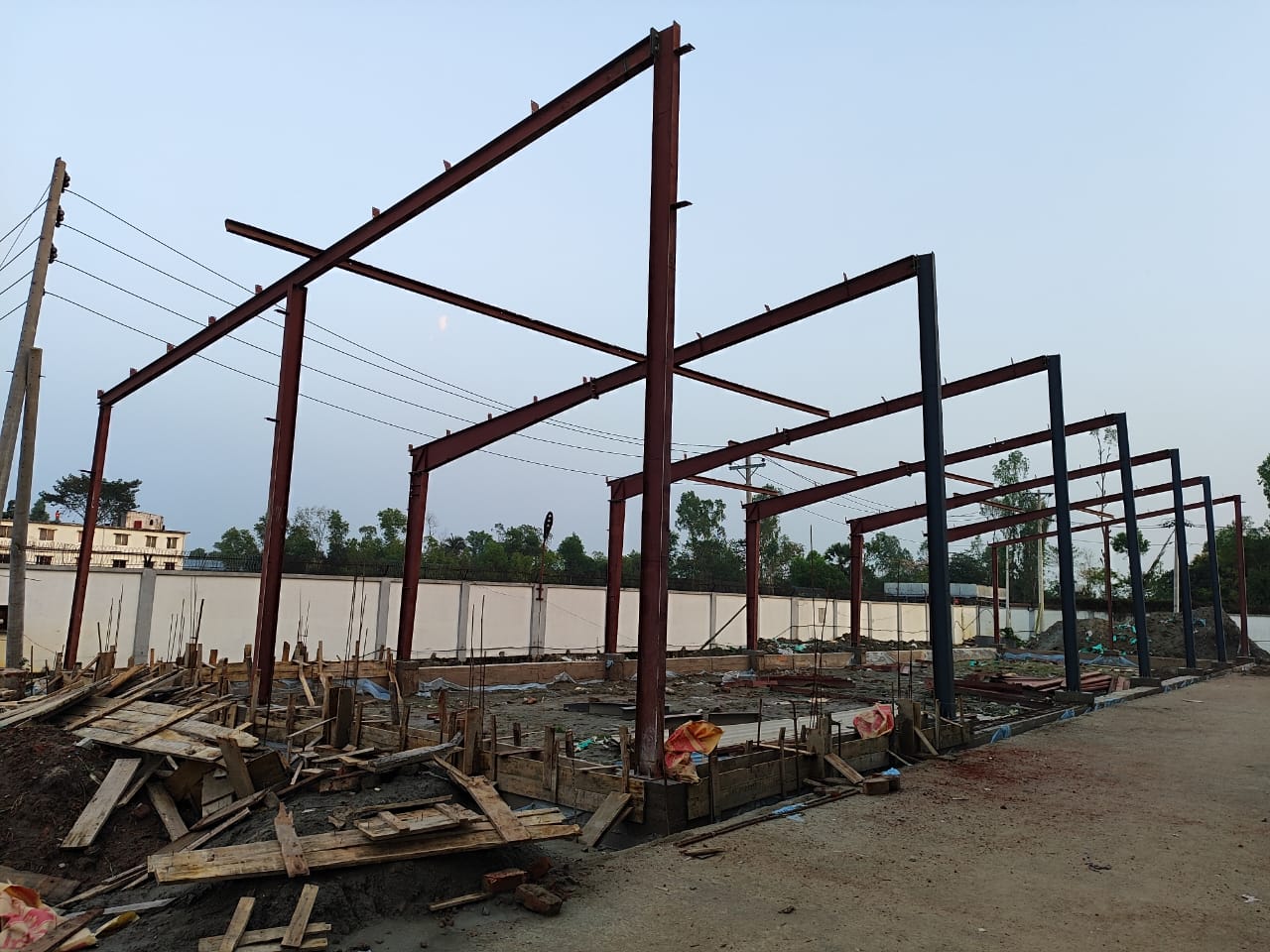Mon to Sat: 09:00 am to 06:00 pm

Mon to Sat: 09:00 am to 06:00 pm

Introduction:
Building a steel bridge requires precision, expertise, and a thorough understanding of structural engineering principles. Steel bridges are renowned for their strength, durability, and longevity. In this guide, we'll take you through the essential steps involved in constructing a steel bridge, ensuring a robust and reliable structure that stands the test of time.
Project Planning: Before diving into construction, meticulous planning is crucial. Define the purpose of the bridge, assess site conditions, and consider environmental factors. Engage with a professional engineering team to create detailed blueprints, ensuring the design meets safety standards and regulatory requirements.
Material Selection: Selecting the right steel is paramount for a successful bridge project. Consider factors such as load capacity, corrosion resistance, and environmental conditions. Commonly used steels for bridges include high-strength carbon steel and weathering steel for enhanced durability.
Foundation Preparation: Solid foundations are the backbone of any bridge. Conduct a thorough site analysis to determine soil conditions and choose an appropriate foundation type—common choices include deep foundations like piles or shallow foundations like spread footings.
Substructure Construction: The substructure supports the bridge and distributes loads to the foundation. This phase involves constructing piers and abutments according to the engineered design. Ensure accurate placement and alignment for the seamless integration of superstructure components.
Superstructure Assembly: The superstructure, comprising beams, girders, and deck, is where the steel components come into play. Follow the engineered plans precisely during the assembly process. Weld or bolt connections securely, paying attention to load distribution and stress points.
Welding and Fabrication: Proper welding techniques are vital for the integrity of the steel bridge. Skilled welders should use approved welding procedures to create strong, durable connections. Regular inspections ensure the quality of welds and adherence to safety standards.
Corrosion Protection: Steel bridges are susceptible to corrosion, particularly in challenging environments. Apply effective corrosion protection measures, such as coatings or galvanization, to extend the bridge's lifespan and maintain structural integrity.
Quality Assurance and Inspections: Implement a rigorous quality assurance program throughout construction. Regular inspections by certified professionals ensure compliance with design specifications and identify any potential issues before they become major concerns.
Installation and Erection: Assemble the superstructure components on-site and carefully lift them into place using cranes or specialized equipment. Follow precise procedures to ensure proper alignment and connection of all elements.
Final Testing and Commissioning: Before opening the bridge for public use, conduct thorough testing to assess structural integrity, load-bearing capacity, and overall safety. Address any issues identified during testing and obtain necessary approvals from regulatory authorities.
Conclusion: Building a steel bridge is a complex but rewarding endeavor. With meticulous planning, precise execution, and a commitment to quality, a well-constructed steel bridge stands as a testament to engineering excellence, providing a vital infrastructure asset for generations to come.
1 comments
Al Amin
Nice
Efti
Thanks